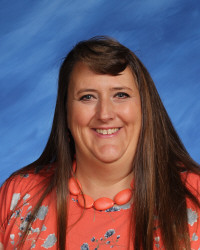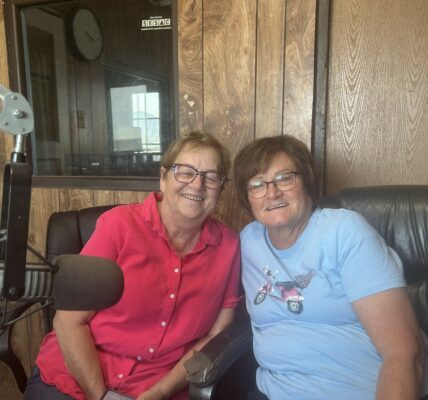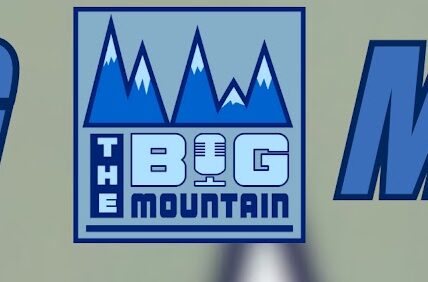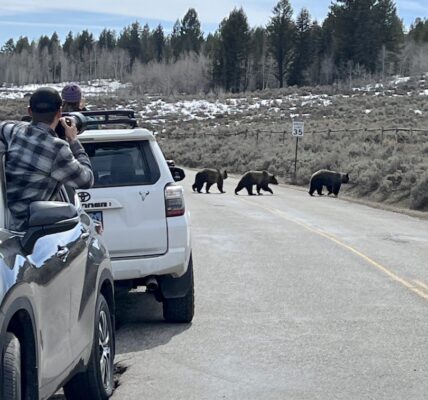Lessons in Literature: Wyoming’s call to action in literacy and reading can increase student achievement

By Dr. Amanda McAdams
LCSD2 Director of Elementary Education and K-12 Literacy
In a recent post from the Collaborative for Student Success addressing recent NAEP results in reading and literacy, multiple organizations have issued a unified call to action for a focus in five areas:
• embracing the science of reading;
• pushing for use of high-quality, standards-aligned curriculum materials;
• advancing the capacity of teachers in teaching literacy by way of teacher preparation programs;
• assisting organizations and communities in their efforts to strengthen reading strategies for their students;
• and increasing the federal investment in literacy for local and state evidenced-based, comprehensive literacy efforts.
This is a serious call to action that many states, districts, and teachers are heeding.
In fact, the State of Wyoming is already working on a new plan to increase reading achievement.
Two key areas Wyoming is focusing on are embracing the science of reading and utilizing high-quality, standards-aligned curriculum materials.
As the assistant superintendent over curriculum, instruction, and assessment in my district, it is crucial that I collaborate with teachers to ensure that we are providing a top-quality education for every student in our district.
Following the state’s lead, teacher leaders have collaborated with district leaders to build a district assessment system, and schools have recently changed curriculum.
The good news? We are seeing positive achievement results for our efforts.
To meet the new goal to have 85 percent of students reading on grade level by the completion of third grade, Wyoming now requires districts to utilize an annual instrument that screens for signs of reading difficulties.
As part of the screening assessment, the following areas are assessed:
• phonological awareness,
• phonics,
• decoding,
• oral reading fluency,
• and reading comprehension.
Wyoming also requires districts to utilize core curricula that is aligned to state standards and implement multi-tiered intervention programs that remediate reading difficulties as early as possible for all students.
In addition, for districts that do not meet the goal of 85 percent of students reading by the completion of the third grade, they must submit an improvement plan to the state.
Finally, every student not on target to achieve the goal must annually receive an individual reading plan.
Following the guidance from the state and based on data from our district assessment system, our district decided not to wait. As Jim Cowen stated on Forbes.com, our students deserve the best and “cannot wait for us to spend idle time maintaining the status quo.”
Our K-3 schools have evaluated their assessments and resources and have made some major changes in order to better serve all students. Gathering data and targeting these specific areas listed above has empowered teachers to provide more targeted instruction for every student.
Our district assessment system and standards-based reporting system targets each of those crucial areas.
Additionally, all K-3 teachers now utilize a research-based, standards-aligned direct instruction phonics program and have created progress monitoring plans that include Tier II and III interventions.
Training every K-3 teacher in the science of reading, which includes decoding as well as reading comprehension strategies, and utilizing a research-based, standards-aligned direction instruction phonics program has already shown results.
Acting on the general strategy of immediately identifying students that need targeted instruction, we assessed all K-6 students in the first week of school and began identifying areas of focus for each student.
One school has already reported a 20 percent increase in reading achievement from last year based on the changes they have made.
Based on their data, only 5 percent of students are not meeting grade-level benchmarks in kindergarten and first grades. That data is very exciting.
If we truly want to raise reading and literacy achievement for every student in Wyoming, we should follow our state’s guidelines.
The first steps for our district are to ensure every K-3 teacher is trained in the science of reading, utilize assessment data to create individual reading plans for students, and then teach students using research-based, standards-aligned resources.







